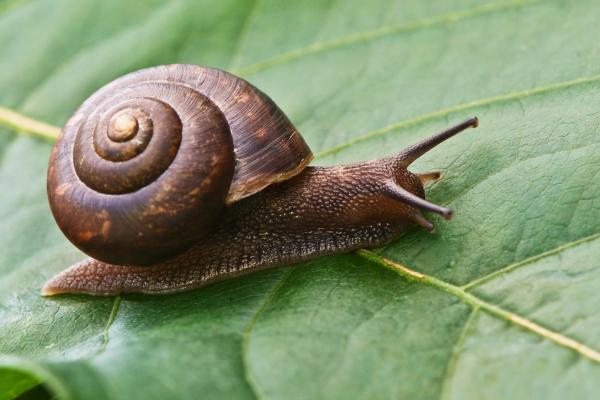
Land snails are visible mollusks characterized by their coiled shells and soft, moist bodies. They belong to the phylum Mollusca and class Gastropoda, the largest and most diverse class within mollusks. Their development of lungs has enabled them to colonize terrestrial habitats, where they primaril...
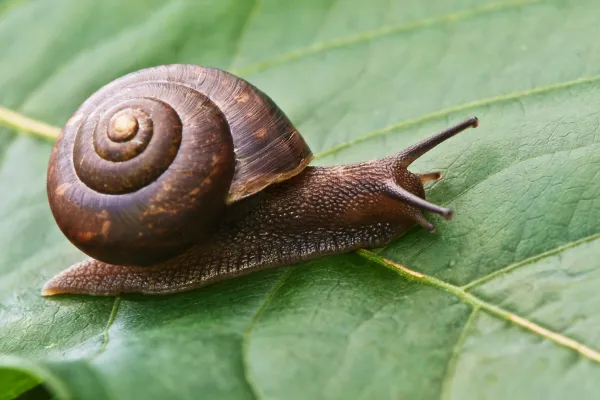
Visible to the naked eye due to their characteristic shell and soft, sticky body, land snails belong to the phylum Mollusca and the class Gastropoda, the most diverse and largest class of mollusks. The development of lungs has allowed them to colonize land, occupying diverse environments where they...
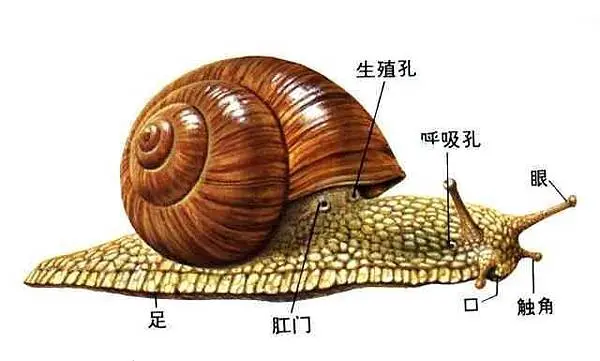
Have you ever seen snails crawling slowly in the garden or on the path after the rain? These slow-moving little guys always carry a mysterious little house on their backs, which is both cute and interesting. But did you know that snails have another very unique feature: they are hermaphrodites! Toda...

The slime trail left by the brown garden snail (Cornu aspersum) often leads to the destruction of your freshly sprouted garden vegetables. Although initially imported from France for culinary purposes, this common snail species is one of over 25,000 species worldwide. These snails have spread to gar...
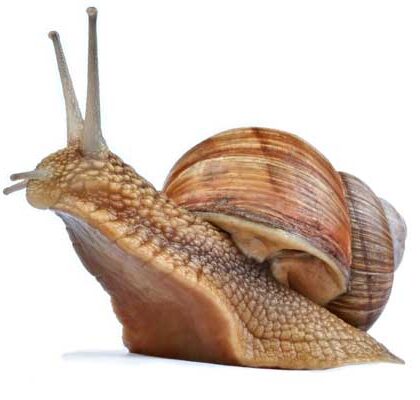
Snails are fascinating creatures that belong to a large group called Gastropoda, which includes over 60,000 different species. You can find them in many places, from your backyard garden to oceans and lakes. In this article, we will explore their physical characteristics, habitats, diets, reproducti...

Under certain circumstances, snails are usually unable to regenerate new shells after their shells fall off. The snail's shell is secreted by specialized cell tissues in the body. The shell is part of the snail's body, not a simple external protection. Here’s a detailed look at snail shells...
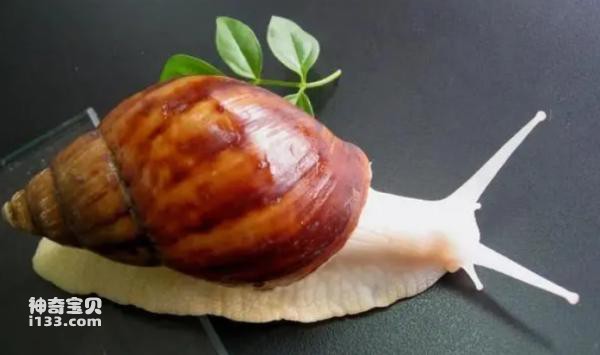
Snails are cold-blooded animals, they do not have a fixed sleep cycle or closed eyelids. Snails are typically more active at night or in lower light, and more reclusive and quiet during the day or in brighter light. In low light conditions, they may be more likely to enter a hibernating state...
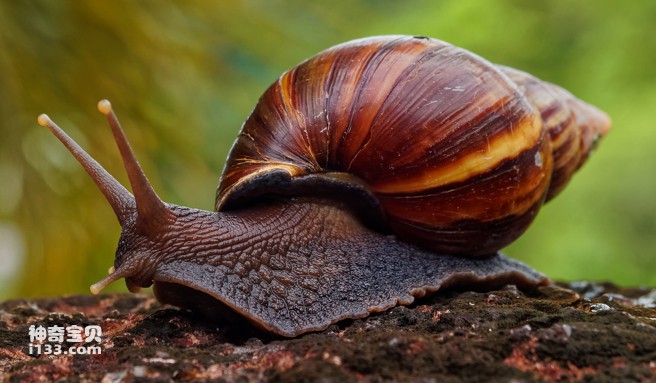
Snails are mollusks whose shells are made of calcium and protein. The shell of a snail is not like a hard shell that covers the outside of the body, but a shell that grows on the surface of their body to protect their soft body parts. Therefore, a snail does not turn into another creature whe...
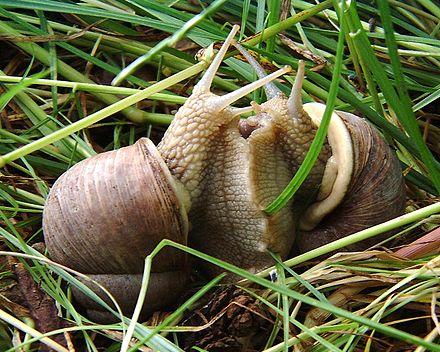
Snails are a class of animals in the phylum Mollusca and class Gastropoda. They are widely distributed in various environments around the world. Gastropods are named for their soft, fleshy feet that secrete mucus and allow them to crawl along various surfaces. Snails include marine, freshwate...
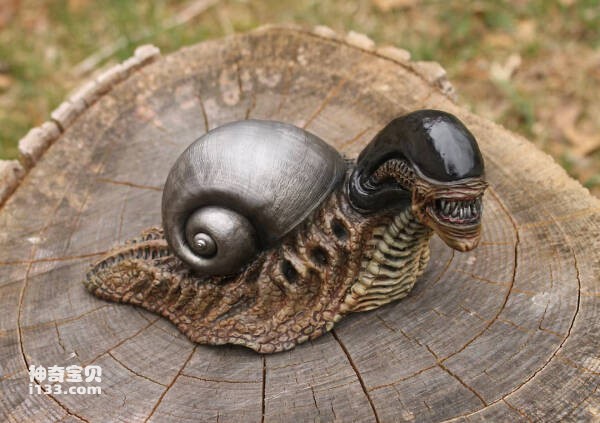
Snails are distributed almost all over the world. Different types of snails come in different shapes and sizes. The giant African snail can be up to 21 centimeters long, and the wild species in the north are generally less than 9 centimeters. Because snails move slowly, they give people the i...

I like Jay Chou's song "Snail" very much. Today I will tell you about snails. Snail is a general term for all terrestrial snails. Biologically, it belongs to the gastropod class among molluscs. Although the word snail encompasses many Animals from different families and genera have very simil...